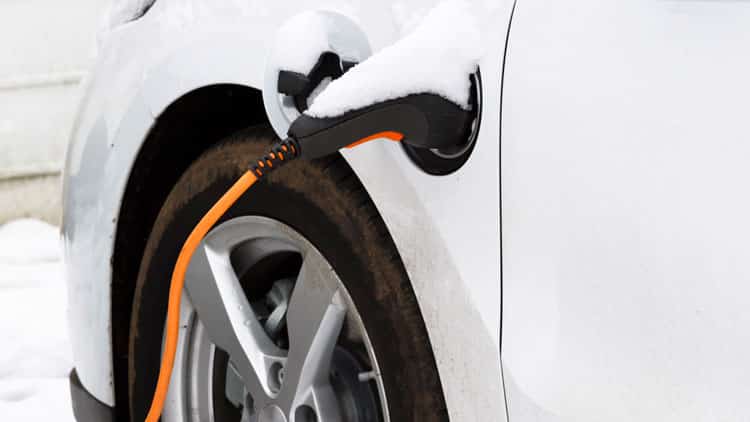How Electric Cars Perform in Cold Weather
Every year, the winter months bring the holidays, colder weather, and—depending on where you live—winter driving conditions. These changes might not mean that much to most people, but electric car owners in cold climates will want to be sure to plan ahead this winter.
In this article, we’ll look at how electric cars perform in cold weather and how drivers can prepare for the coming months.
Electric Cars and Cold Weather
This affects EVs in two main ways: range and charging.
Range
According to a study conducted in Norway, EVs lose nearly 20% of their range when driven in colder weather. This is mainly due to the extra power required to keep the inside of the car warm in colder temperatures, resulting in greater fuel consumption. It’s also because the electrolyte fluid in the battery moves slower in the cold, affecting an EV’s fuel efficiency.


Charging
Charging

Another thing to keep in mind is that the onboard computers in EVs are designed to protect the battery from being damaged. Because of this, they can limit how the battery is used in extremely cold temperatures, affecting how much of the stored fuel you can use and how quickly the battery recharges. So, what can EV drivers do to help?
How EV Drivers Can Prepare
- Park (and charge) in a garage. This will allow your EV to charge faster and require less energy to warm it up the next time you drive.
- Warm your car up before leaving home while it’s still plugged in to limit the energy spent on heating the car while driving.
- Make sure your battery charge doesn’t get too low since your onboard computer will generally reserve about 15-20% of the battery in cold temperatures to heat the battery. Aim to keep the battery charged to a minimum of 50%.
- Always keep your tires inflated to the recommended PSI—but especially in the cold—to maximize range and performance.
- Use Eco-Mode to reduce power consumption and boost your EV’s range.
- Only use the heat you need inside the car. Consider closing vents and altering your EV’s heating settings.
Get Involved
At Drive Clean Bay Area, we believe EVs are vital to a cleaner future, whether they are for driving, towing, outdoor needs, powering your house when you lose power, or driving in the cold. We host regular events to keep you informed of the latest vehicles, innovations, and financial incentives, as well as offering an EV Buying and Driving Guide.
Our EV Discount Program provides limited-time savings events with discounted pricing on a variety of new battery electric and plug-in hybrid vehicles.
Sign up now to get notified when we announce this year’s EV Discount vehicles!
